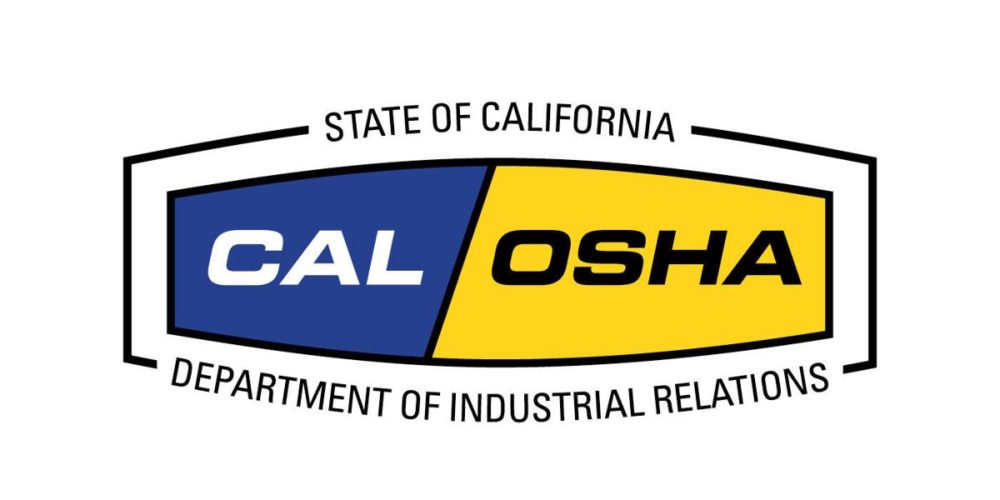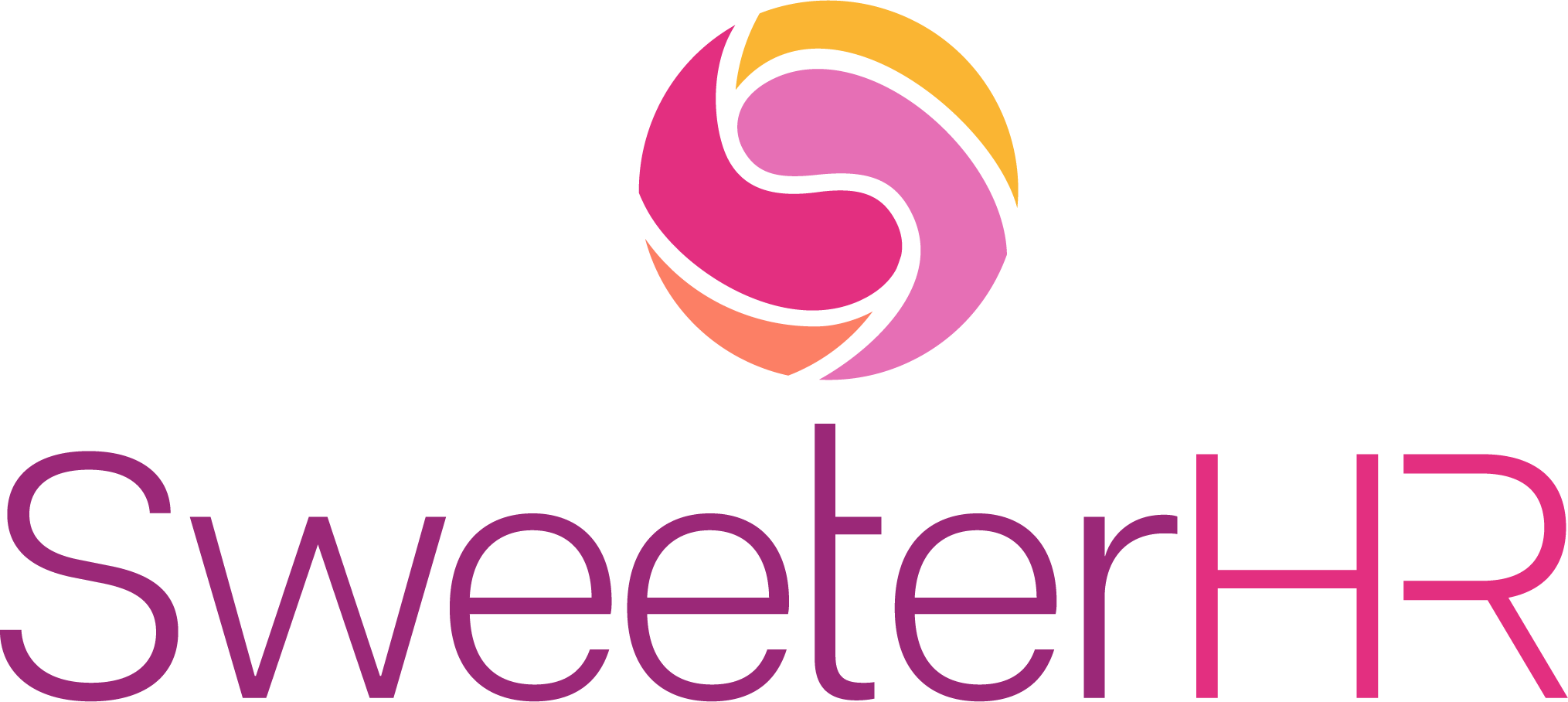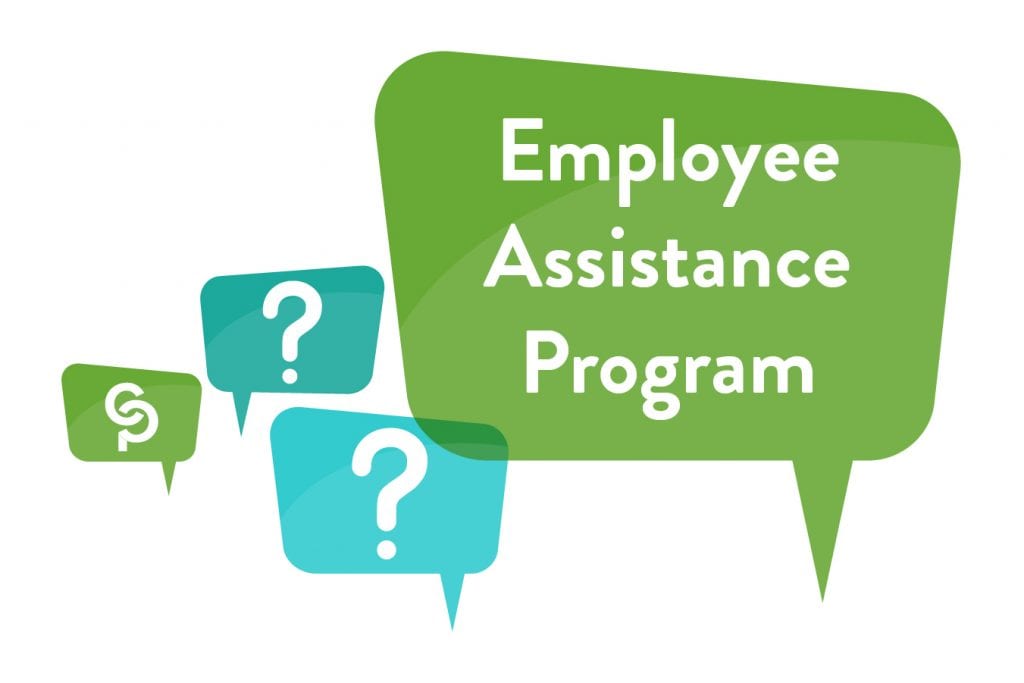6/18/21
“Are we supposed to request proof of vaccination from all employees? What do we do with the medical documentation? Doesn’t this violate HIPPA?”
I have heard this from a number of clients today. So we created some answers. I am sure there will be more information and guidance throughout the summer. We will continue to update you as change happens.
Regarding proof of vaccination:
• You don’t have to ask all employees to show proof of vaccination regarding the mask mandate, just those who want to go mask-less. However, you can require employees to be vaccinated, given you provide an interactive process and give reasonable accommodations where appropriate. Please don’t attempt this on your own! We will help guide you if this is what you want to do.
• Other options: can ask employees to confirm in writing they are vaccinated if they don’t want to wear a mask. You can also give gift cards (or other rewards) for proof of vaccination so you know who can go mask-less.
Violation of HIPPA?
HIPPA does not apply to the workplace like many assume it does. In addition, because COVID19 is recognized as a workplace safety issue, employers have broader abilities to provide a safe workplace, like taking employees temperature, daily health information screening as it relates to COVID19, and requiring vaccinations.
The additional information might come as good news to you as a CA Employer:
• Employers have to document the vaccination status of employees if they are going to go without face coverings indoors. You do not need to retain copies of vaccine cards,but you should have employees self-attest to their inoculation status via signed document and keep that in their employee files
• Workplaces still will be required to provide masks to workers who are not fully vaccinated against COVID-19 and make sure they wear the face coverings while indoors or in shared workplace vehicles or employer-provided transportation. Employers also will have to provide a respirator such as an N95 mask if an employee who is not yet fully vaccinated requests one
• The approved standards also do away with the requirement for solid, cleanable partitions designed to reduce viral transmission (such as the plastic barriers that separate customers and cashiers)
It is advised to review and update your IIPP. Don’t have one, call us!
CAL OSHA update


